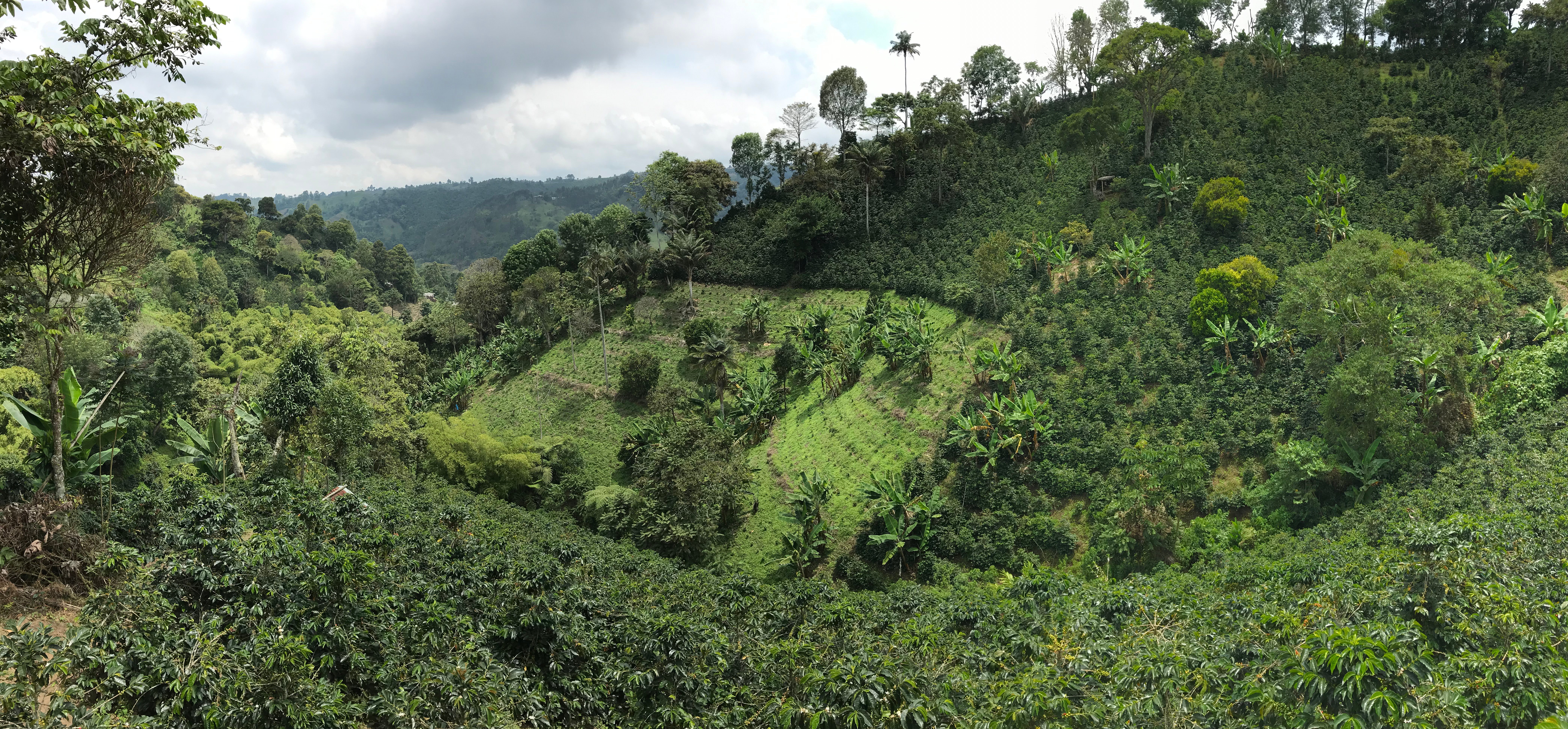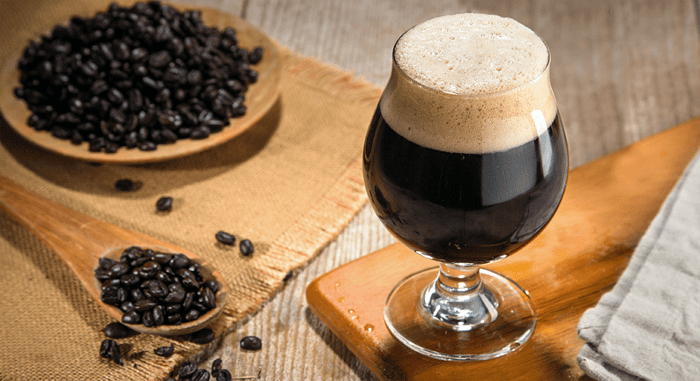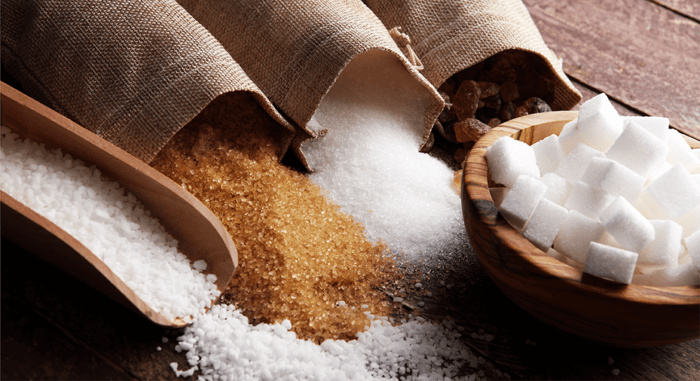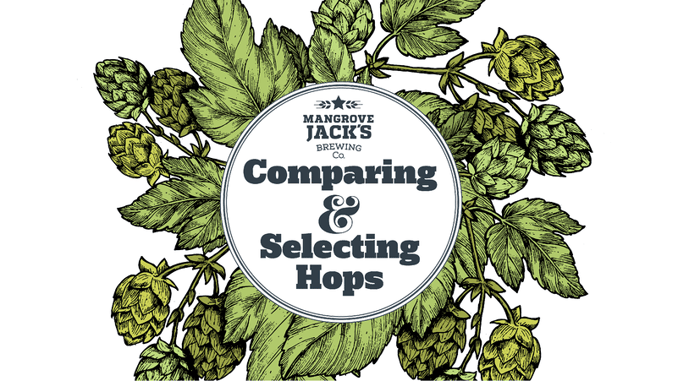Adding coffee to beer has become common practice over the last few years with breweries and homebrewers alike enhancing the flavour of their brews with this roasted bean. We asked our in-house brewer Sam to take us through the most common considerations to help you brew beer with coffee.
Sam loves coffee beers, especially during the colder months! He always has either a stout on nitro ready to be served on top of a shot of coffee or a coffee beer of some kind in his home brewery. He has also done a fair bit of experimentation with coffee stouts to show those who who “don’t like dark beer’ the multitude of amazing flavours (and no, they don’t have to be big and heavy).
Now, if you want to add coffee to your homebrew, you probably have a few questions running through your head; What styles of beer can I make? What type of coffee should I use? How do I add the coffee and how long should it be in the beer for?
The answer to most of these questions is, ‘it depends’. It really depends on what effect you are trying to achieve and what you have available to you. Hopefully, by looking at the different considerations below, we can help you brew with coffee.
What style of beer should I make?
Commercially, coffee beers are widely available and well received. Most brewers decide to use coffee as an adjunct for dark styles like brown ales, porters and stouts as the flavours that typically occur in darker styles – such as dark chocolate, roasted grain, some dark fruit and nuttiness – all combine and work well with coffee.
Coffee shares many complex flavours found in dark styles and has a boosting complimentary effect with the beer. Coffee is also a very common flavour that comes from many dark malts that are usually used in darker beers (before the brewer even adds coffee!) which makes dark styles of beer is an easy and great way to experiment with coffee!
If you're looking for something a bit more challenging and a little unusual, consider adding coffee to something pale. Done well, this can be a brilliant blurring of styles that confuses and delights the drinker simultaneously - one of the reasons we're so fond of a well-brewed Black IPA or a white stout.
 A panoramic view of coffee plantations in Salento, Colombia.
A panoramic view of coffee plantations in Salento, Colombia.
What type of coffee should I use?
Coffee is a fun ingredient because there are so many varieties. Flavours change based on the region that the beans were grown in, as well as the blending and roasting process. We recommend choosing a coffee type that suits the flavour profile of the beer you'll be brewing.
LATIN AMERICA
Latin American coffees generally give you good body, acidity, and a hint of fruitiness. Enjoy flavour notes that are chocolatey, nutty and with a slight citrus overtone.
Within Latin America, several growing regions have come to the forefront:
- BRAZIL - Brazil is one of the world's top coffee producers and is known for growing nutty, sweet coffees with a full body that is perfect for espressos. Some beans from this region may also have flavour notes of spice or even citrus.
- COLOMBIA - Famous for its medium body and well-balanced flavour, Colombian coffees are a popular choice. Its flavour is characterised by caramel sweetness and a subtle nuttiness. It has moderate acidity that balances well with its inherent sweetness.
- GUATEMALA - Like its Latin American neighbour, Colombia, Guatemalan coffee is also rich and distinctly flavourful thanks to its equally rich volcanic soil. Guatemalan coffee it has a slightly higher degree of acidity and a hint of smokiness may be detected – a taste characteristic that coffee lovers find unique to the region.
AFRICA
Look out for higher acidity and bright flavour notes if you are buying African coffee! Generally, African coffees can taste fruity, floral and sweet.
The two major growing regions in Africa are:
- ETHIOPIA - Considered the birthplace of coffee with thousands of coffee varietals that are still grown wild, Ethiopia offers a fruity, wine-like coffee. The coffee here is processed either wet or dry with dry-processed coffee having a taste profile reminiscent of blueberry or strawberry, with a smooth, heavy, syrupy mouthfeel. Meanwhile, wet-processed coffee tends to have delicate floral nuances that give it a lighter body.
- KENYA – Kenyan coffee is distinct for bold, vibrant, and juicy flavours, making it one of the most highly prized and priced coffees in the world. Kenyan AA is well known to be the largest coffee bean. Kenyan coffees can taste savoury to sweet, with a tartness that is reminiscent of tomatoes or black currants. Overall, coffees from the region are mellow and well-balanced, with distinctly pleasant nuances that are popular among coffee aficionados.
ASIA
Asian coffees are well-known for their bitter and earthy taste notes. Asia is an up and coming growing region for coffee. While Vietnam and Indonesia export huge amounts of coffee, the specialty coffee market is also on the rise with producers in Thailand, Malaysia and Java.
- INDONESIA – For those who are looking for a big, bold, dark, and full-bodied coffee experience, Sumatra is a perfect choice. It is also well-loved for its distinctly smoky, musty and earthy quality that is ideal for dark roasts. Some coffees have complex, dark-chocolate and herbal-tasting qualities that are unique to the regions they are grown in.
- MALAYSIA – About 98% of the world's coffee is made from Arabica and Robusta beans, however, 95% of Malaysia’s coffee beans come from the Liberica coffee plant which typically produces flavours that are fruity, nutty and a clean aftertaste. Malaysian coffee is also known to be very strong tasting.
There are also coffee flavours out there that are more "generic" and a touch sweeter than the real thing. These coffees make it fairly easy to get consistent results.
How do I add the coffee?
'DRY BEANING'
The easiest way to add coffee to your homebrew is probably ‘dry beaning’ which is very similar to dry hopping in that you are going to add coffee beans directly to the fermenter.
Putting the beans into a hop bag will help with racking the beer later. Make sure you use sanitised equipment to take samples of the beer at regular intervals so you can remove the beans or rack the beer once the flavour is at your desired level.
This is a good option because it’s easy and effective (though it is probably not the most efficient way to add coffee flavour).
FRESHLY BREWED COFFEE
Another option is to brew coffee as normal before allowing it to cool and then adding this to the fermenter, either during fermentation or just before packaging.
Hot water is an effective method of extracting flavour from the coffee beans but can extract harsh bitter flavours that can be overpowering in your finished beer. To avoid this, many brewers will cold steep their coffee which involves just soaking your coffee beans in room temperature water for 24-48 hours to extract the coffee flavour. The water is then added to the beer.
This is a good way to extract coffee flavour and means you don’t have to worry about getting beans out of the fermenter or worry about the bitterness extraction from making coffee with hot water. Adding cold brew coffee also works really well and is our in-house brewer's preferred method for adding coffee to beer.
ADDING COFFEE TO THE BOIL
If you’re an all-grain brewer, you may also decide to add coffee to the boil. We’re wary of this as you may extract harsh bitterness that will most likely drive off a lot of the flavour compounds that you actually want in your finished beer, so choose wisely!
TOP TIP: ADDING GROUND, INSTANT COFFEE DIRECTLY TO THE FERMENTER IS A SURE-FIRE WAY TO RUIN YOUR BEER. FILTERING THOSE PARTICLES OUT OF THE BEER IS A NIGHTMARE AND PICKING THE GRANULES OUT OF YOUR TEETH IN BETWEEN SIPS IS NOT A SATISFYING DRINKING EXPERIENCE.
How long should the coffee be in the beer for?
This is where it really comes down to personal taste. If you are adding coffee to the fermenter we recommend using sterilised equipment to take a sample every couple of days. When the coffee character is at a level you are happy with, either rack the beer out of the fermenter or remove the bag of coffee beans.
If you are adding brewed coffee before packaging then there is no set rule for how much to add so it will require some experimentation. Denny Conn and Drew Beechum (in their excellent book, ‘Experimental Homebrewing’) recommend taking a sample of your beer and adding coffee in measured amounts so that you can scale up once you are happy with the flavour contribution.’
Final thoughts
Coffee contributes some bitterness and can add thickness and mouthfeel to your beer, but it can also negatively affect head retention due to the natural oils present in the beans. It's important to factor this into your recipes as an IPA might fall out of balance if you don’t account for the added bitterness of coffee, or a coffee wheat beer may not look like it should if the fluffy white head doesn’t form properly.
Freshness and oxygen contact are also important considerations. Like beer, coffee sensitive to both its storage conditions and oxidation. Coffee stored open will both absorb flavours and aromas from its surroundings and oxygen contact can change the flavour of the coffee - think “freezer taste". A cup of black coffee left out for a while will often develop a green capsicum (bell pepper) flavour.
Strength and flavour of the beer and coffee should always be in balance. Lagers or Pilsners work well with coffee but their delicate flavour profiles make it easy to overdo it on the coffee. That’s not to say don’t try these style if you want to, just be aware of the possible outcomes from using your ingredients.
So, there you have it - our tips for brewing with coffee. As with any adjunct, experimentation and a willingness to try something new are key.
Have you used coffee in your beers before? Check out our latest Hazelnut Coffee Porter recipe and get brewing today!




